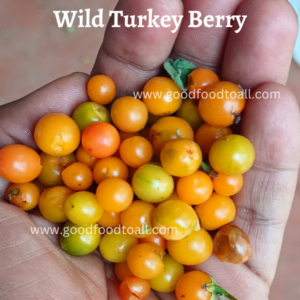Description
About Kala Namak:
- Kalanamak, a traditional variety of paddy with a black husk and a strong fragrance, which is considered a gift from Lord Buddha to the people of the Sravasti when he visited the region after enlightenment, is all set to get a new look and name.
- This type of rice, known as Black Salt Kiran, with a yield of up to 22 quintals per acre.
- Although this particular rice variety lacks sugar, it is packed with minerals including protein, iron, and zinc. In comparison to other varieties, this has four times as much zinc, three times as much iron, and two times as much protein
- For farmers, this unique kind of rice might be quite advantageous. Its cost is really higher than that of Basmati rice.
- 11 districts in Purvanchal region of Uttar Pradesh have received GI tags.
- Kala Namak paddy is often cultivated without the use of pesticides, making it a healthier and safer option for consumption.
| Duration | 140-145 days |
| Average height of the crop | 90-100 cm |
| Maximum height of the crop | 120 cm |
| Number of grains per ear head | 160-170 |
| Yield of grain | 1,800-2,200 Kgs/acre |
| Yield of straw | 4,000-5,000 Kgs/acre |
| 1000 grain weight | 21-25 grams |
| Cultivation Season | June to November |
| Rice Color | White |
Note: The information above may change based on a number of factors, including location, climate, soil characteristics, farming techniques, and other aspects.
The seeds are processed and stored by traditional preservation methods and will contain dried leaves of some herbs.
Buy Once and Build Your Seed Bank!
Our farm’s Community Seed Bank preserves and cultivates Open Pollinated Native seed varieties that are both organic and sustainably grown. We distribute seeds in limited quantities, expecting gardeners or farmers to propagate them and establish their seed bank. Get ready for a happy and fruitful farming experience!
SEED TREATMENT:
Soaking seeds before sowing can greatly improve their chances of germination and growth. There are several methods of soaking seeds, and one of the most popular methods is soaking them in water. All you need to do is immerse the seeds in water for about 24 hours before planting them in grow bags. This method is particularly useful for seeds that have hard seed coats, which can prevent water from penetrating and germination from occurring.
Another method of soaking seeds is to soak them in cowdung slurry. This is a traditional method that has been used in India for centuries. Cowdung slurry is believed to contain natural growth-promoting substances that can help seeds germinate faster and grow stronger. To prepare the slurry, mix cow dung with water to make a thick paste, and then immerse the seeds in the mixture for about 48 hours. After soaking, rinse the seeds in clean water before planting them in grow bags.
Both of these methods can be effective in improving the germination and growth of seeds. However, it’s important to note that not all seeds require soaking, and some may even be harmed by it. Be sure to research the specific needs of the seeds you are planting and use the appropriate method accordingly.






